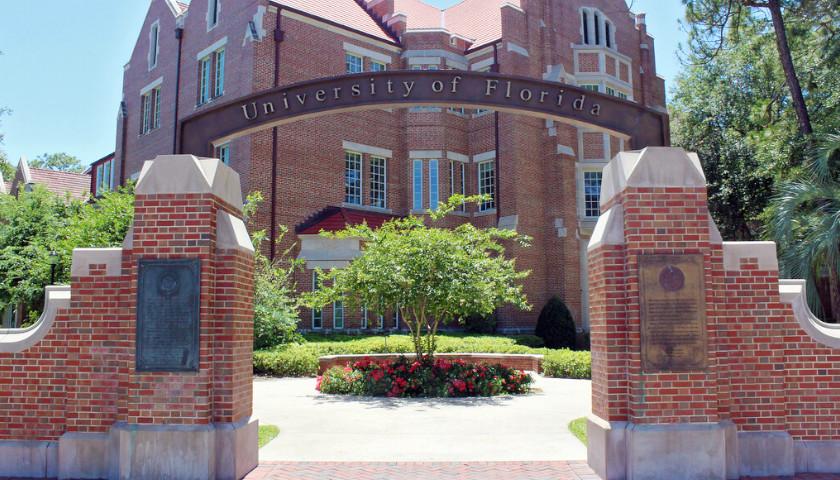by Reagan Reese
Public universities across the United States are spending money to increase their workforce and then passing the bill along to students, according to an analysis by The Wall Street Journal.
Since 2002, the average flagship university’s spending rose 38%, with a majority of the money being spent on salaries and benefits, which rose by 40% in the same time period, according to an analysis by the WSJ. However, the average tuition cost per student rose 64% to cover the costs of salaries and benefits in the same time period.
For example, from 2017 to 2022, the University of Florida about doubled the number of directors, associate directors or assistant directors of communications it had, the WSJ reported. During the 2022-2023 school year, the university employed 130 more assistant deans, associate deans, executive deans and other types of deans than it did in 2017.
 “Students do not have the resources right now to continue to foot the bill for all of the things that the university wants to do,” Crispin South, a 2023 Oklahoma graduate, told the WSJ. “You can’t just continue to raise revenue by turning to students.”
“Students do not have the resources right now to continue to foot the bill for all of the things that the university wants to do,” Crispin South, a 2023 Oklahoma graduate, told the WSJ. “You can’t just continue to raise revenue by turning to students.”
From 2010 to 2022, the average salary of athletic coaches rose by about half, the WSJ reported. The University of Connecticut’s athletic department has received more than $35 million annually from student fees and university subsidies since 2016 to keep operating.
The average flagship has brought in more than double the revenue from undergraduate and graduate tuition in 2022 than it did in 2002, the WSJ reported. The median flagship university increased tuition and fee revenue by almost $2.40 for every $1 lost in state support sent to universities over the last 20 years.
Other universities raised tuition after spending thousands on campus renovations; the University of Kentucky spent about $805,000 a day to update its facilities while charging its freshman an average of $18,693 during the 2021-2022 school year, the WSJ reported.
Tuition at higher education institutions is rising as the nation faces $1.6 trillion in federal student loans; in June, the Supreme Court ruled that the Biden administration’s plan to grant student loan forgiveness to nearly 40 million Americans was unconstitutional. In an effort to curb the recent ruling, the Biden administration is looking to utilize income-driven repayment plans which is estimated to cost taxpayers as much as $558.8 billion over the next ten years.
The government subsidization of student loans has also caused tuition to rise over the last several years; on average, student loan expansion is responsible for as much as 60 cents per dollar of tuition increases, according to a 2017 Federal Reserve Bank of New York study.
– – –
Reagan Reese is a reporter at Daily Caller News Foundation.
Photo “University of Florida Campus” by Steven Martin. CC BY-NC-ND 2.0.





